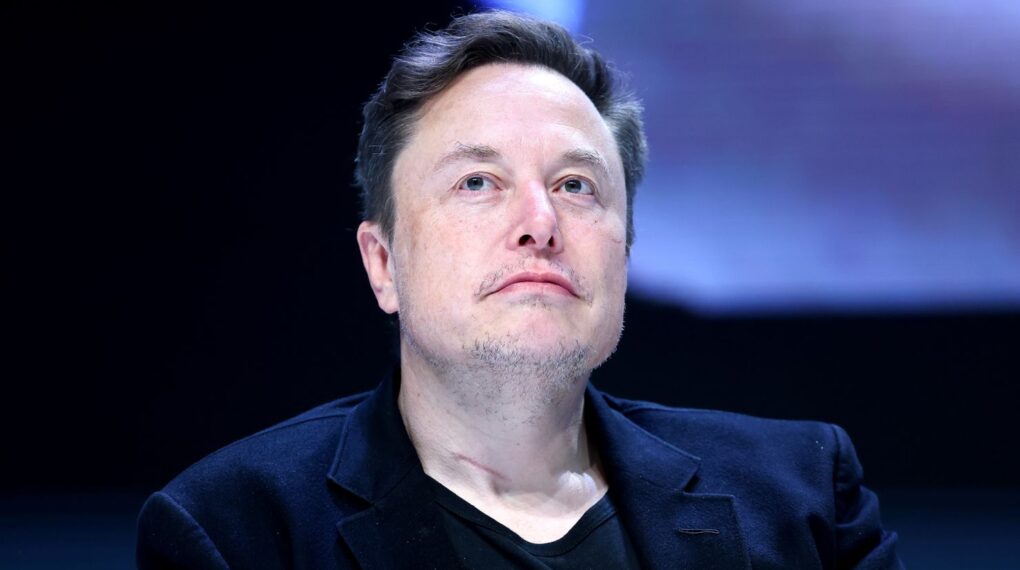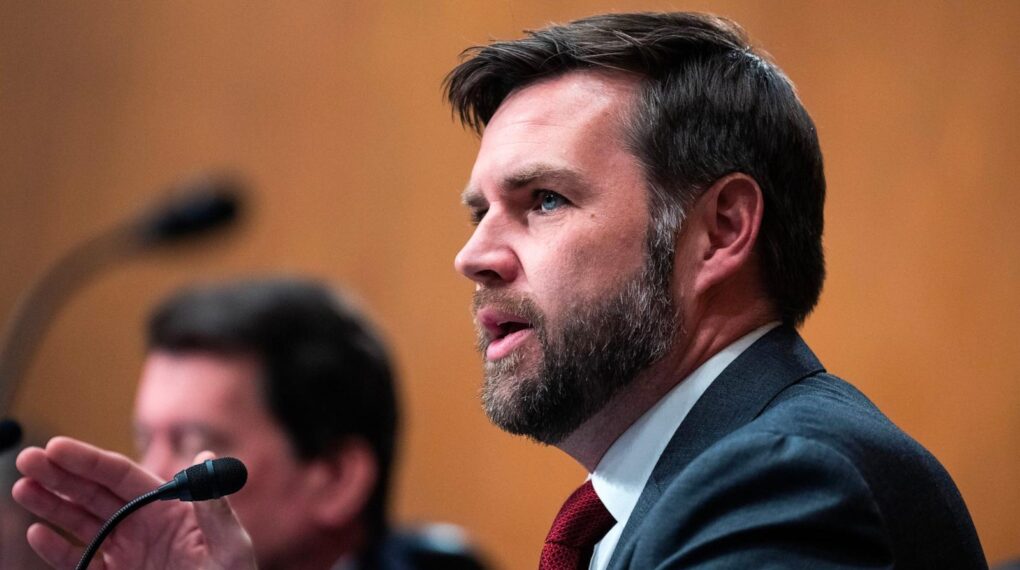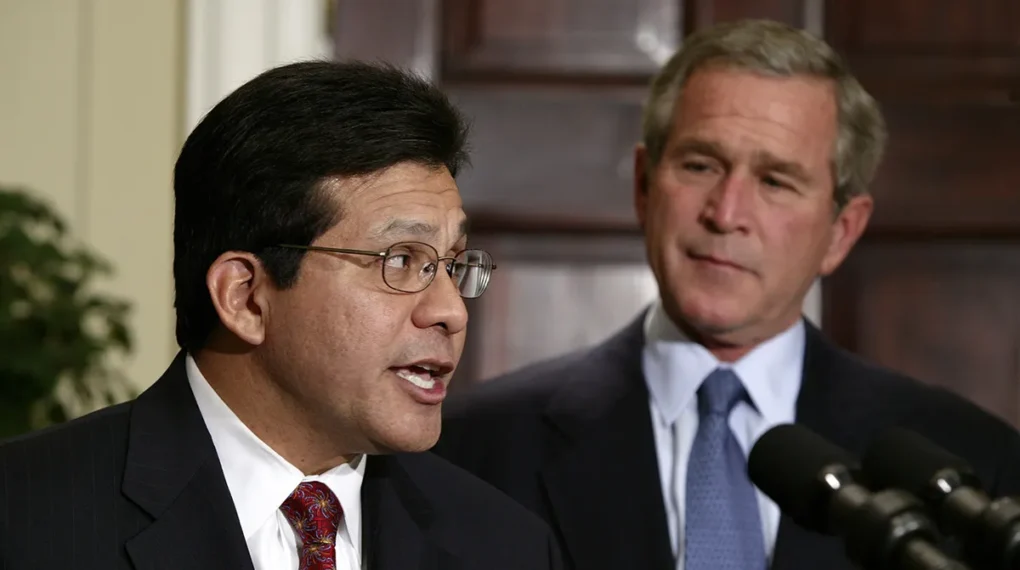As the clock ticks toward the end of 2024, Europe is gearing up for what could be a major shake-up in its energy supply—Russian gas deliveries through Ukraine may soon be a thing of the past. For over 50 years, Ukraine’s massive web of natural gas pipelines has kept the gas flowing into Europe, but all that could change once the current transit agreement between Moscow and Kyiv expires this December.
Let’s be honest: it’s been a long time coming. The war between Russia and Ukraine has shifted the balance in ways that have left the old system teetering. And now, with winter approaching, the stakes are higher than ever. Europe’s energy markets are already on edge, and this could push things even further.
The End Russion Gas Exports?
Ukraine, with its sprawling 22,000 kilometers of gas pipelines, has been a key player in Europe’s energy scene for decades.
But as the year draws to a close, this strategic position might just fade into history.
The expiration of the gas transit deal means Russian gas could stop flowing through Ukraine—a route that’s managed to stay open, even through two years of full-scale war.
Think about it: for years, Russia, Ukraine, and Europe were like that trio you see at every family reunion—bound together by necessity, even though tensions were always bubbling under the surface.
Disputes in 2006 and 2009 even led to gas cuts that left European countries freezing.
Now, with the current deal nearing its expiration, it feels like the trio is about to break up for good.
Financial Fallout for Ukraine
For Ukraine, this isn’t just a political blow—it’s a financial one. If the deal isn’t renewed, Kyiv could lose around $800 million a year in transit fees. To put that in perspective, that’s about a third of what Ukraine used to make from this agreement.
And while it may seem like small change compared to the billions Russia has lost in European customers since its invasion, it’s a significant chunk for a country already stretched thin by war.
But here’s the thing: while Ukraine stands to lose out financially, Russia isn’t walking away unscathed either. Moscow would lose one of its last major gas routes into Europe. That could mean missing out on roughly $6.5 billion in annual sales at today’s prices. So yeah, it’s a big deal for both sides.
Europe Looks for Alternatives
Meanwhile, Europe has been busy figuring out how to move on without Russian gas.
Germany, for example, has shifted away from relying on Russia, boosting imports from Norway and setting up LNG terminals to diversify its energy sources.
Other countries, like Austria and Slovakia, are already preparing for a future without Russian pipelines. Austria is even hoping the closure of the Ukraine route will allow it to break free from its long-standing contracts with Russia’s Gazprom.
But here’s where it gets interesting: while most European countries are working to cut ties with Russian gas, there’s still a flicker of hope for a deal.
Just last week, President Vladimir Putin said he’d be open to continuing gas transit through Ukraine beyond 2024. Whether that happens or not remains to be seen, but it shows there’s still some wiggle room left.
Ukraine, for its part, is looking for new partners to keep its pipelines relevant. Talks are ongoing with Azerbaijan, a country that’s already supplying gas to several European markets.
However, as promising as this sounds, Azerbaijan’s gas production simply can’t replace the volumes of Russian gas Europe’s been used to.
Anne-Sophie Corbeau, a researcher at Columbia University, warns that any deal with Azerbaijan could just be a rebranding of Russian gas.
In other words, Europe could still be buying Russian gas, just under a different name.
Could Kazakhstan or other Central Asian countries step in to fill the gap? Maybe, but time’s running out. With winter fast approaching and the gas deal set to expire in just a few months, the clock is ticking.
Europe’s energy market has been walking a tightrope ever since the war in Ukraine started, and losing the Ukrainian gas route could send prices soaring—especially if other factors, like a cold winter or disruptions in LNG supplies, come into play.
Frank van Doorn, who heads trading at Vattenfall Energy Trading GmbH, put it bluntly: “There could still be a shortage this heating season.”
The last couple of winters were mild, which helped keep things steady, but if Europe gets hit with a cold snap, all bets are off.














